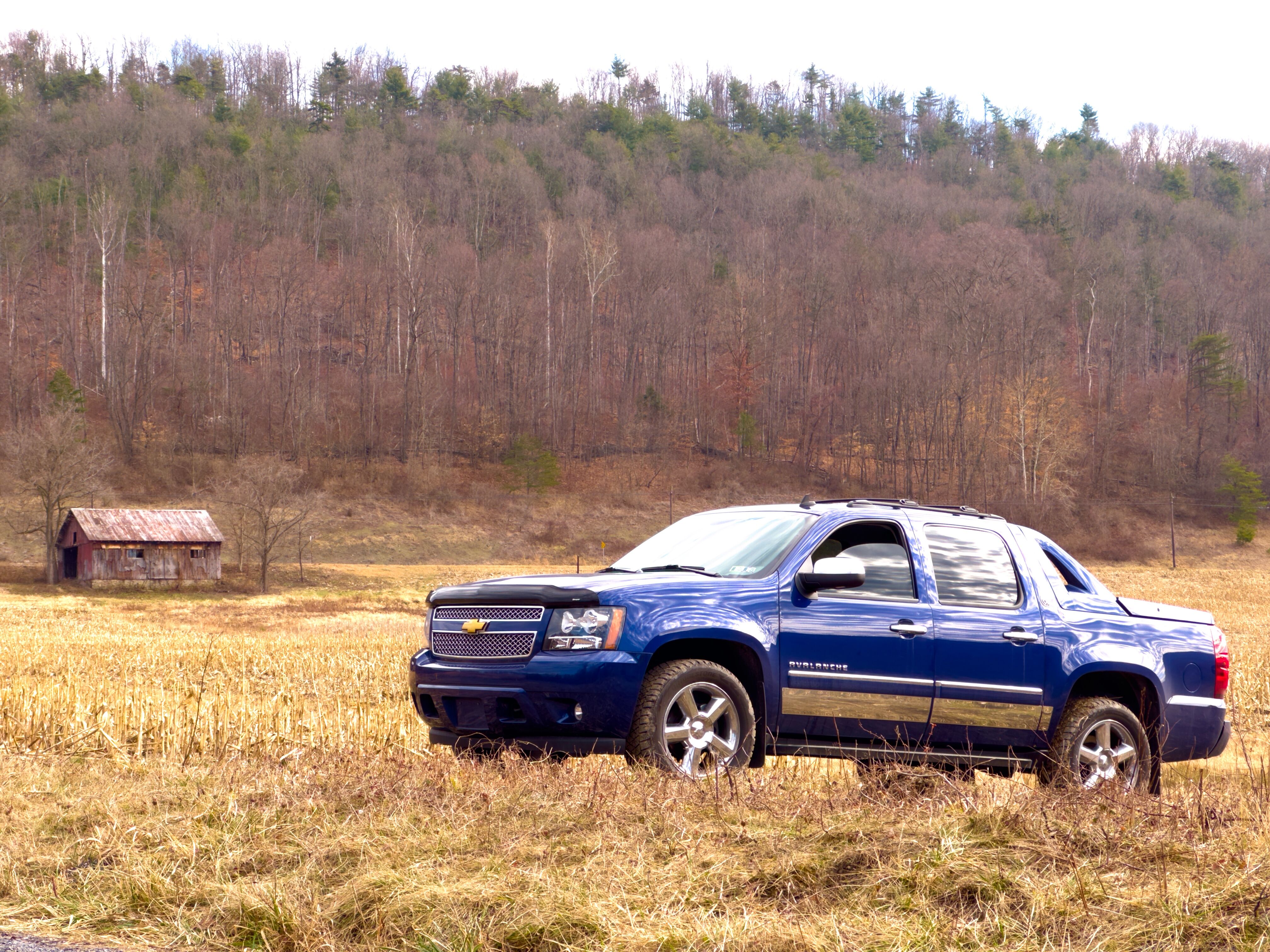-
Posts
55,982 -
Joined
-
Last visited
-
Days Won
544
Content Type
Forums
Articles
Garage
Gallery
Events
Store
Collections
Everything posted by Drew Dowdell
-
From the album: 2024 Corvette E-Ray
-
From the album: 2024 Corvette E-Ray
-
From the album: 2024 Corvette E-Ray
-
... citing anything Audi for reliability. Might as well suggest a Jag. Anyway, the Aviator Grand Touring PHEV does 54 city and 58 highway while having 400 horsepower and 640 lb.-ft of torque. They also have the cushy suspension I like. I've driven one a while ago and the only words to describe the experience are "effortless and serene". You simply waft over the road in utmost comfort.
-
Those are some pretty nice improvements. Nice to see that Hyundai is going to keep doing tweaks to these as they roll through the years like they would in an ICE car. "Luxury" Electric Jetta/Tiguan/Passat/Atlas What's sad is that the GLB format would be exactly what Albert would want. But after driving the EQB, I was appalled at the interior quality. It plays in the Kia Sportage class there. I have to manually crank my seat height?! Also sad because the Compass just got a very nice interior upgrade that puts it, at least visually, akin to a Lincoln Corsair. It's not the same level of quality, but it looks the look. Hate the engine though. this... in plug-in hybrid form... was on my list as a possible 300C replacement. Guess not.
-
Unfortunately, Scott Adams is an off-the-deep-end right wing extremist who still believes a prior Democratic candidate for President was running a child trafficking ring out of the basement of a pizza place that has no basement. This is a dog-whistle cartoon. That said, I am likely closing the C&G twitter account because even though I only follow car accounts, the feed is inundated with people with political views similar to this, so Elon has absolutely changed the algorithm to amplify those voices over and above what users actually want to follow.... in this case... cars.
-
From the album: Mazda MX-30
-
From the album: Mazda MX-30
-
From the album: Mazda MX-30
-
From the album: Mazda MX-30
-
From the album: Mazda MX-30
-
From the album: Mazda MX-30
-
From the album: Mazda MX-30
-
From the album: Mazda MX-30
-
From the album: Mazda MX-30
-
From the album: Mazda MX-30
-
From the album: Mazda MX-30
-
From the album: Mazda MX-30
-
From the album: Mazda MX-30
-
From the album: Mazda MX-30
-
From the album: Mazda MX-30
-
From the album: Mazda MX-30
-
From the album: Mazda MX-30




























